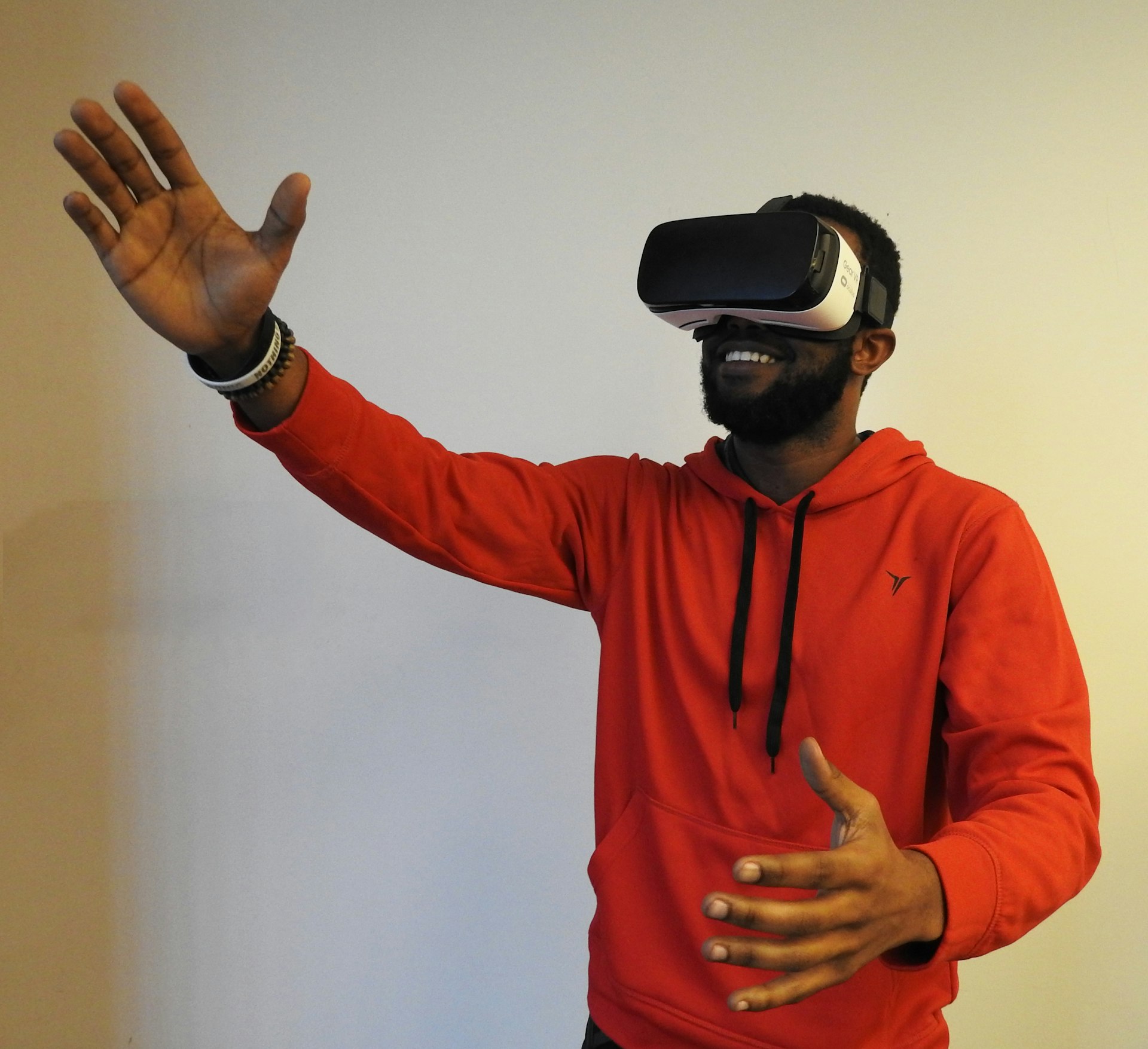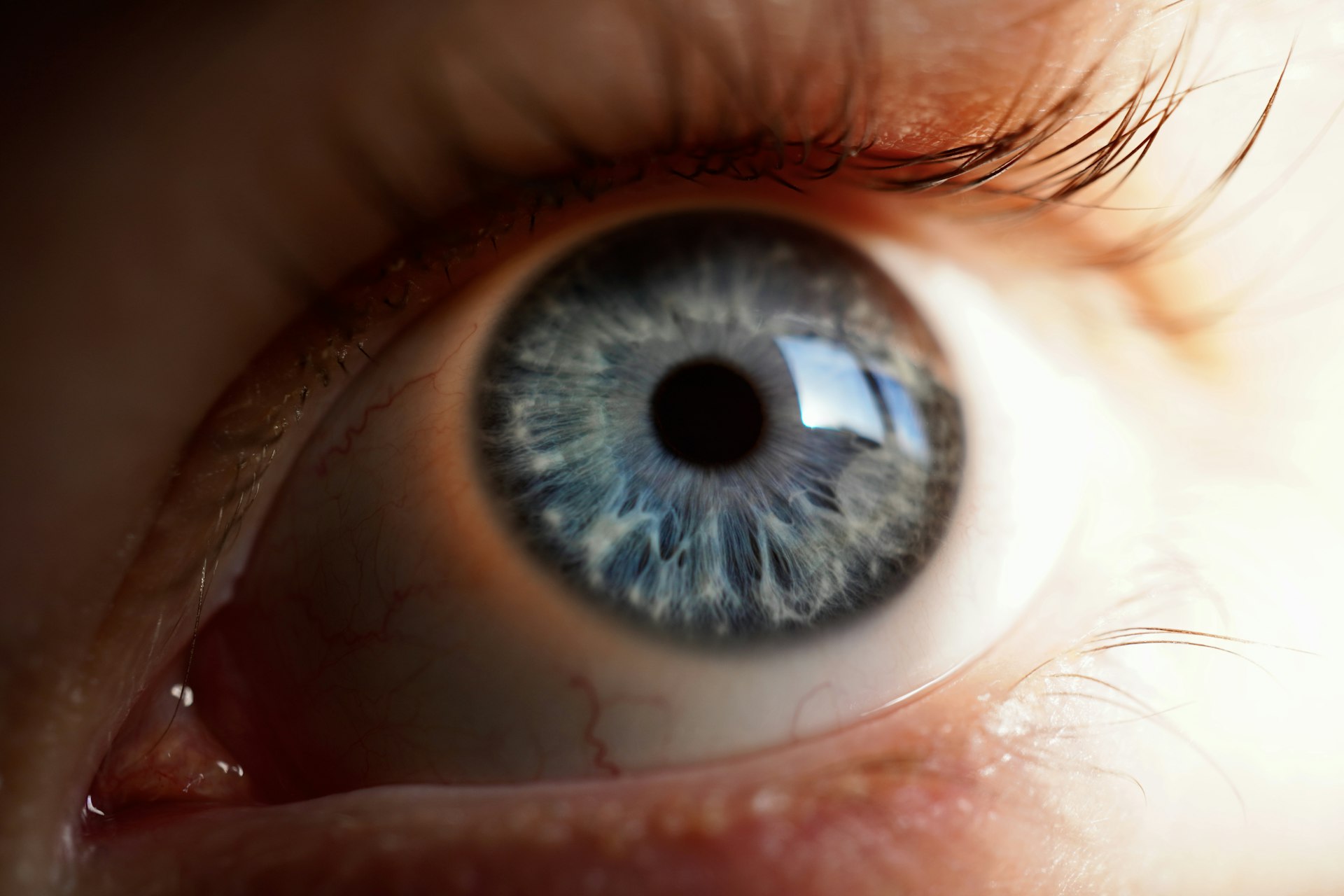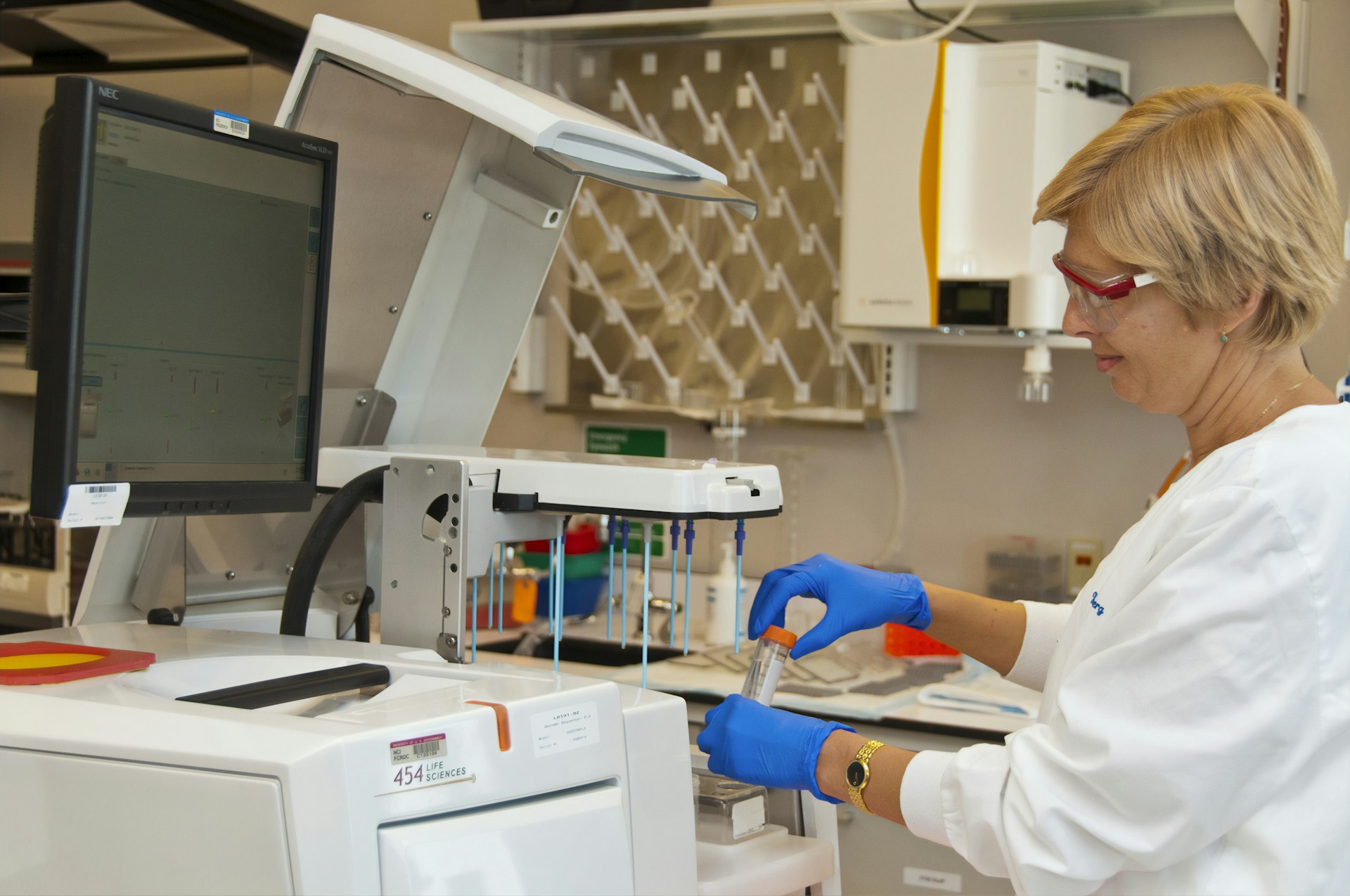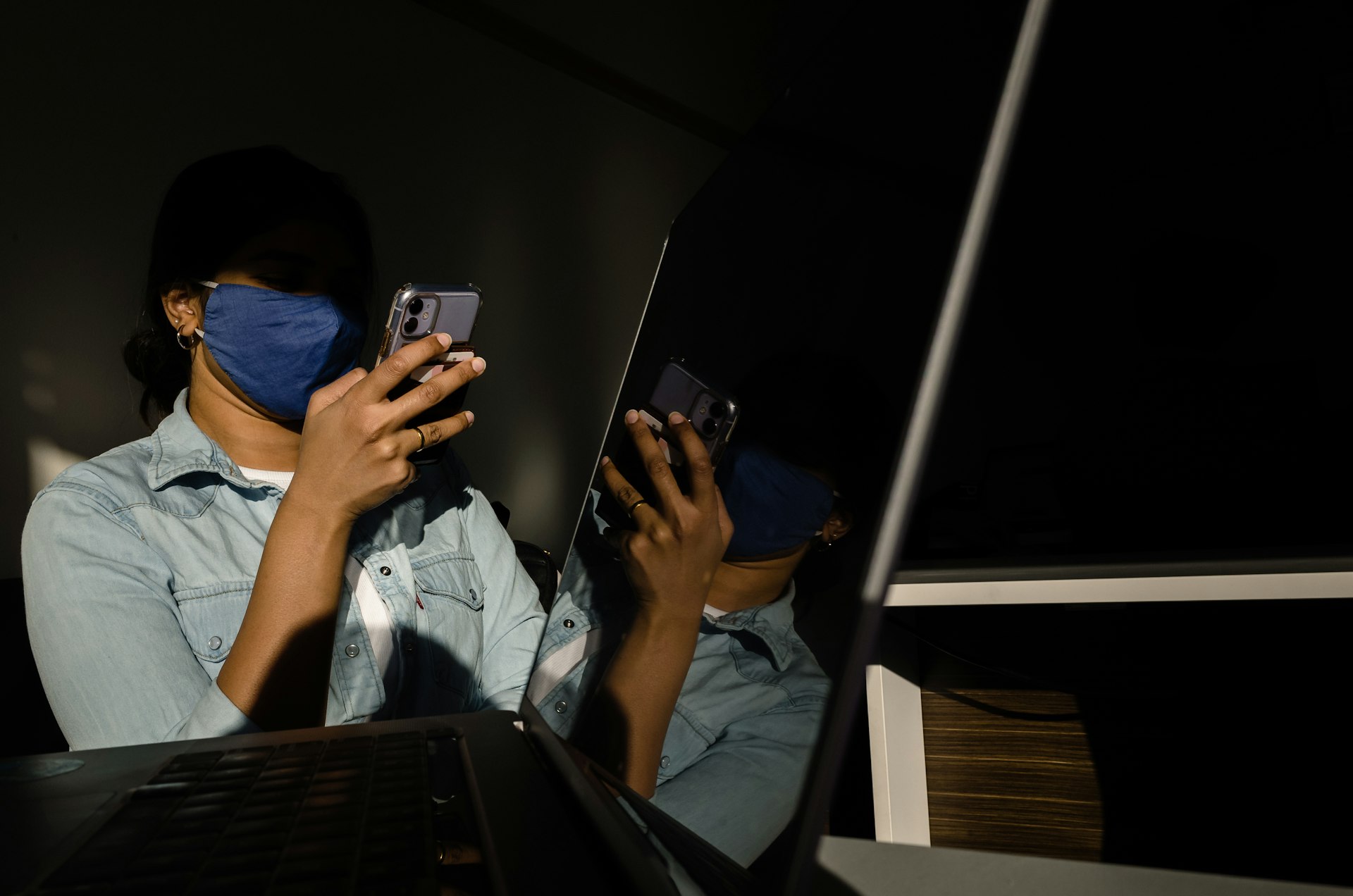AI-Powered Wearable Health Monitoring: 2025 Trends and Practical Guidance

Photo by Hamed Taha on Unsplash
Introduction: The New Era of Health Monitoring
AI-powered wearable health monitoring devices are rapidly transforming the healthcare landscape. These smart technologies combine real-time data collection with advanced artificial intelligence (AI) algorithms, enabling patients and providers to move from reactive care to proactive, personalized health management. As adoption grows, the impact of these innovations is being felt across chronic disease management, preventive care, and clinical decision-making [1] .
Continuous Monitoring and Data Analytics
Modern wearables go far beyond counting steps or monitoring heart rate. Devices such as the Oura Ring and WHOOP strap continuously track sleep patterns, activity levels, heart rate variability, and body temperature. This data is analyzed by AI systems to provide actionable insights, including daily readiness scores and personalized recommendations for activity and nutrition [5] . Continuous glucose monitors (CGMs) like the Dexcom G7 and Abbott FreeStyle Libre 3 offer real-time, non-invasive glucose tracking, allowing for early intervention and better management of diabetes [5] .
AI-driven analytics enable detection of subtle changes and prediction of potential health issues. For example, cardiac monitors equipped with machine learning can identify arrhythmias and predict cardiac events hours before symptoms appear, leading to faster, more effective interventions [4] .
Personalized Health Insights and Early Intervention
Wearable devices are now equipped with advanced sensors capable of measuring vital signs such as blood oxygen levels, blood pressure, and electrodermal activity. Through continuous data collection and AI-powered analysis, users receive personalized health insights that can guide daily choices and long-term care strategies [3] . For instance, the Empatica Embrace smartwatch, FDA-approved for epilepsy management, detects seizure patterns and sends alerts to caregivers, enabling rapid response and improved patient safety [5] .
Early intervention is a critical benefit of AI-powered wearables. By identifying trends and predicting health risks, these devices help prevent hospitalizations and reduce the burden of chronic disease. In resource-limited settings, AI-enabled photoplethysmography (PPG) wearables are being developed to predict deterioration in conditions like dengue fever, demonstrating their potential to support clinical decision-making where traditional monitoring is unavailable [4] .
Case Studies and Real-World Applications
Medtech companies and innovators are driving the adoption of AI-powered wearables. Brands like Dexcom, Abbott, Medtronic, iRhythm, AliveCor, Omron, ResMed, and BrainBit have introduced devices that not only monitor but also help diagnose, predict, guide, and treat chronic conditions [2] . Clinical trials and FDA approvals for cardiac and vital sign monitoring systems validate their safety and effectiveness [4] .
For example, AI-powered cardiac patches provide continuous ECG monitoring and use predictive analytics to alert healthcare providers about impending cardiac events. Sleep apnea sensors, another significant innovation, track nighttime breathing patterns and send real-time alerts, improving patient outcomes and reducing emergency incidents [2] .
How to Access AI-Powered Wearable Health Monitoring Devices
If you are interested in AI-powered wearable health monitoring, here are steps and strategies to find and access these services and devices:
- Start by consulting your healthcare provider to discuss which wearable technologies might suit your health needs. Providers can recommend FDA-approved devices for your condition and help with device setup and data interpretation.
- Research established brands such as Dexcom and Abbott for glucose monitors, AliveCor for cardiac monitors, and Empatica for seizure detection. Visit their official websites for product specifications and purchasing options.
- For general wellness and fitness monitoring, explore devices like the Oura Ring and WHOOP strap , available via their respective company websites and authorized retailers.
- If you are managing a chronic disease, your physician may prescribe specific wearable devices and assist with insurance coverage or reimbursement. Contact your health insurance provider to inquire about coverage for wearable health technology.
- For clinical-grade monitoring, ask your provider about devices that have received FDA approval or are part of ongoing clinical trials. Many hospitals and clinics offer access to advanced wearables for patients with specific conditions.
- For the latest updates, search for terms like “AI-powered wearable health monitors,” “continuous glucose monitoring devices,” “FDA-approved wearable cardiac patches,” and “AI health assistants” on reputable medical technology websites and resources.
It is important to verify the authenticity of products and consult with medical professionals prior to purchasing or using health monitoring devices. Always seek information from official sources or directly from healthcare providers.
Challenges, Solutions, and Alternatives
Despite their promise, AI-powered wearables face several challenges. Data privacy and security are major concerns, as continuous health data collection raises questions about information protection. Manufacturers are addressing these issues by implementing advanced encryption and complying with healthcare privacy regulations.
Another challenge is device interoperability. Not all wearables integrate seamlessly with electronic health records (EHR) or other health management platforms. To overcome this, users should verify compatibility and consult provider recommendations before purchasing devices.
Cost and accessibility may also be barriers for some users. While insurance coverage is expanding, not all plans reimburse wearable devices. If you encounter difficulties, consider reaching out to advocacy organizations, medtech companies, or research institutions for information on pilot programs or financial assistance.

Photo by isens usa on Unsplash
Alternative approaches include traditional home health monitoring devices and mobile health apps that offer basic tracking without AI-powered analytics. While these may be less advanced, they can serve as entry points for individuals exploring digital health solutions.
Future Directions and Key Takeaways
The integration of AI and wearable technology is driving a new era of personalized, preventive healthcare. As devices gain more advanced sensors and algorithms, their ability to detect early signs of disease, guide treatment, and enhance patient safety will continue to grow. Ongoing clinical validation and regulatory approval will further cement their place in mainstream healthcare.
To benefit from these trends, stay informed about the latest device releases and health technology news, consult with healthcare professionals, and explore reputable medical technology resources for guidance. With thoughtful adoption and ongoing collaboration between patients, providers, and innovators, AI-powered wearable health monitoring can deliver improved outcomes and empower individuals to take charge of their health.
References
- [1] Keragon (2025). AI and Wearable Technology in Healthcare in 2025.
- [2] Life Science Market Research (2025). Market Dive: Wearable Health Monitoring Devices.
- [3] uHoo (2025). Beyond the Basics: Advanced Health Tech for 2025.
- [4] Nature Digital Medicine (2025). Wearable AI to enhance patient safety and clinical decision-making.
- [5] Sermo (2025). Wearable health devices: Examples & 2025 technology trends!
MORE FROM cheerdeal.com













